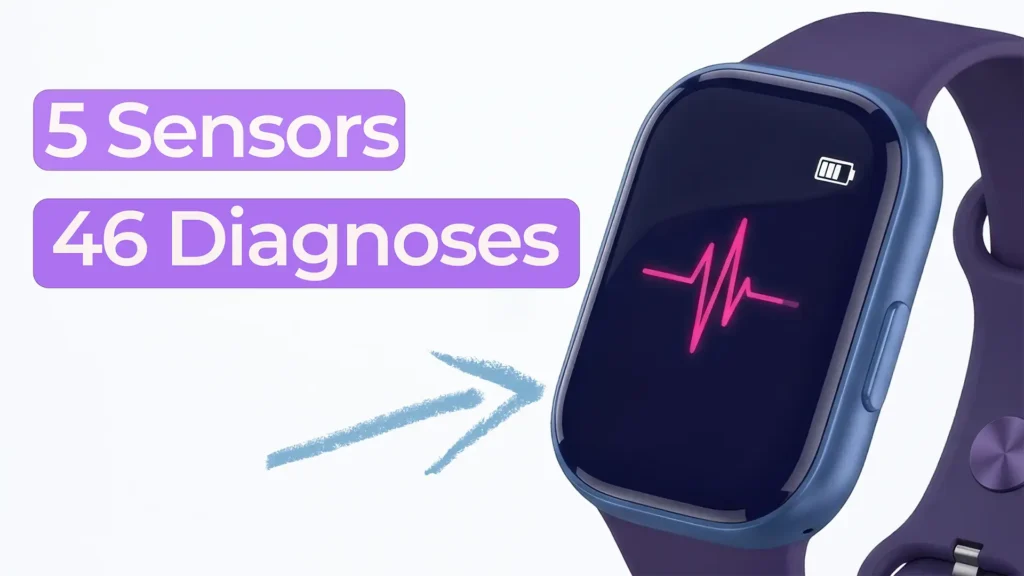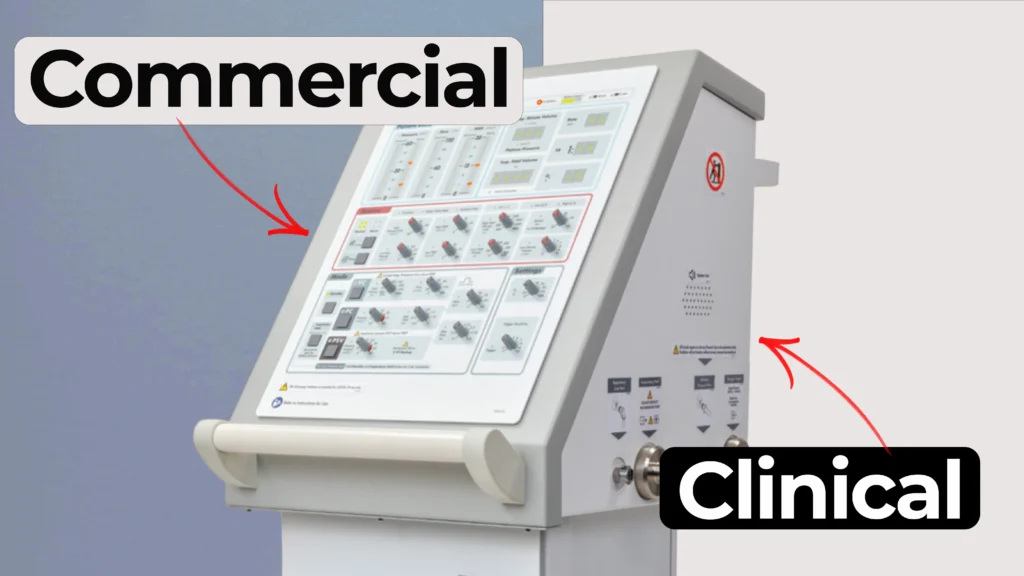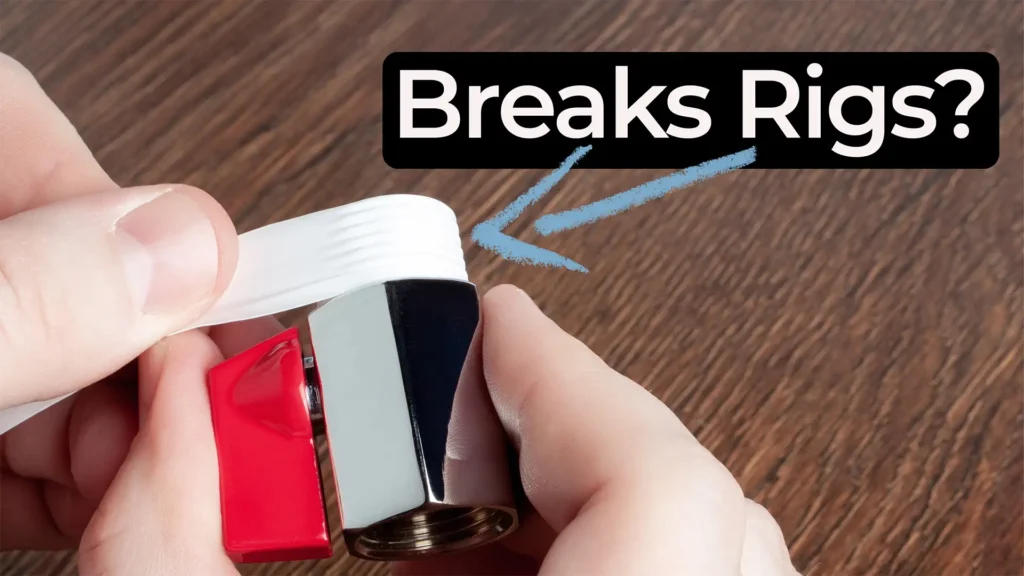
Contextual Inquiry in MedTech: Observe Before You Build
What makes a MedTech product truly successful? In this episode of Before the Build, Paul Charlebois and Eric Olson explore how contextual inquiry in MedTech drives smarter product design. By observing how users interact with devices in real settings, product teams can gather early insights that shape usability, adoption, and safety—long before development begins.
What Is Contextual Inquiry?
Contextual inquiry is a form of user research where developers observe users in their natural environments. For MedTech, this means watching clinicians, patients, or operators interact with technology in clinical or home settings. This research helps teams identify pain points, workflow gaps, and usability issues that traditional interviews may miss.
How Contextual Inquiry Supports Product Success
Applying contextual inquiry in MedTech allows teams to validate product concepts through real-world insights. Instead of assuming what users need, you observe how they think and behave. This method supports:
- Reduced development risk
- Better usability from the start
- Evidence-based design decisions
- Faster alignment with regulatory expectations
Before the Build: A Strategic Start
At StarFish Medical, contextual inquiry helps our teams and clients align early on product requirements, regulatory needs, and market fit. Paul and Eric discuss how this approach improves regulatory approval odds, speeds adoption, and supports commercial success.
From observing tool use in operating rooms to understanding home care routines, these insights guide MedTech design strategies with precision and purpose.
Enjoying Before the Build? Sign up to get new episodes sent to your inbox.
Related Resources

In this Bio Break episode, Nick and Nigel explore a surprising and memorable microbiology fact that puts everyday hand hygiene into perspective.

Nick and Nigel explore how a surprisingly small set of sensors could be used to identify a wide range of common health conditions.

Understanding how clinical ventilator development differs from commercial ventilator design is essential for teams planning early studies.

Nick walks through a practical Teflon tape lesson that came from real work supporting a mechanical test rig.
